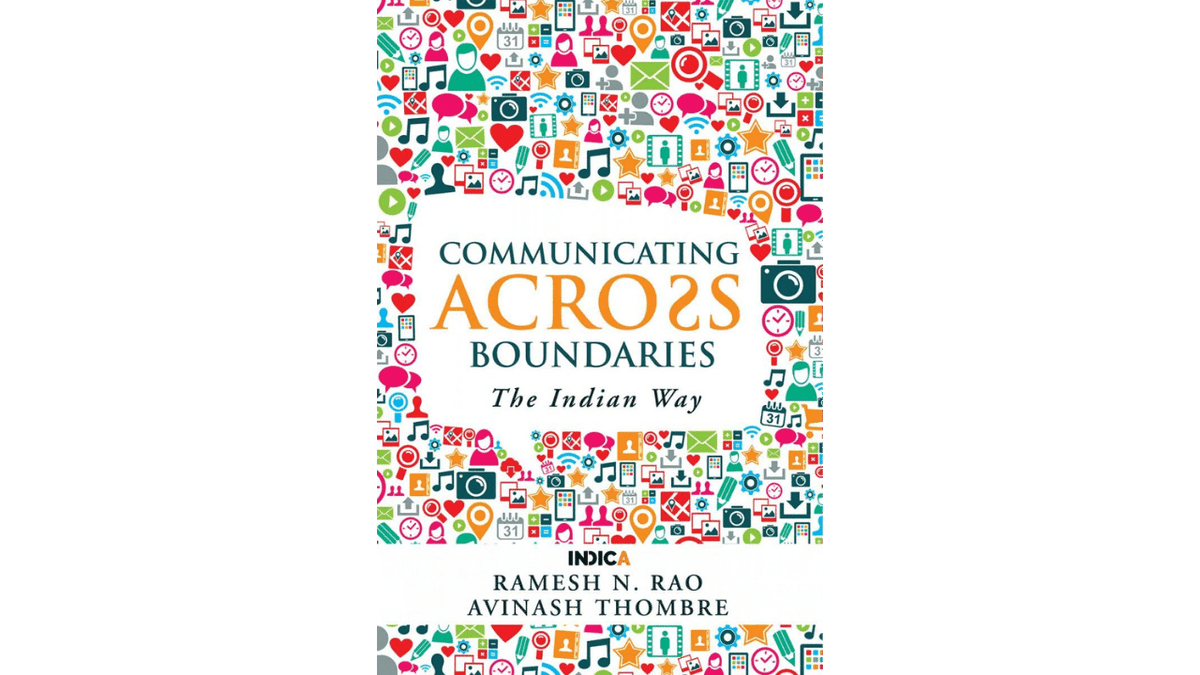
#BookReview Isavasyopanishad, An English Commentary By Nithin Sridhar
In this #Thread, we shall take a deep-dive into the book through the excellent review of the book by Shivakumar GV @SaamaanyaJ
@IndicaBooks #book
In this #Thread, we shall take a deep-dive into the book through the excellent review of the book by Shivakumar GV @SaamaanyaJ
@IndicaBooks #book

At the outset, it seems like a shift in his focus, a leap into the Paramartha. However, from this review it will be clear that a singular focus and concern is driving all his writings. The ‘Paramartha Chintana’ is very much part of ‘Purushartha Chintana’.
Bharateeya Parampara does not see the two any differently. The ‘Iha’ and the ‘Para’ are always together.
The former is organized towards the latter. The latter shapes the former.
The Upanishad he has chosen is ‘Isavasyopanishad’
The former is organized towards the latter. The latter shapes the former.
The Upanishad he has chosen is ‘Isavasyopanishad’
The first half of the book consists of a chapter on each verse. Every verse is presented with word to word meaning, a summary meaning, detailed analysis in terms of philosophy – connecting it with the larger Vedic universe and finally a summary of everything presented.
The second half of the book is a comprehensive philosophical exposition of the Upanishad in terms of its theme and paths that are available to seekers.
The book brings it with a structure, consistency, sophistication and smooth flow
The book brings it with a structure, consistency, sophistication and smooth flow
Isopanishad is the smallest of all Upanishads. The first 10 Verses explain the nature of the Supreme & the Seeker. Mantras 11-14 also present the Seeker in ways that are relatable in the material world. Mantra 15-18 is a combination of Metaphysics & the nature of the Seeker.
Ideally, this must be the first Upanishad that one must get started with so that one does not misunderstand Upanishads as encouraging a disconnect from the Grihasthashrama or as being aloof from it. That is its unique perspective. That is the importance of Ishavasyopanishad.
The structure and the presentation of the books makes this perspective naturally emerge from the Upanishad itself, without the author having to indulge in extensive deductive logic – for such a thing is unnecessary in the context of this Upanishad.
The book’s achievement is to present the Upanishad with authenticity to the text, structure and tradition – in perspective and in the flow of the parampara. It is the Upanishad that triumphs and hence the author (@nkgrock ) – not the reverse
@nkgrock In a short but brilliant preface Shri. Chittaranjan Naik says “The second part of the book explains in a succinct and concise way the entire terrain of Sanatana Dharma” – this is very true without any exaggeration.
@nkgrock “While the path of nirvrutti has been explained by most modern commentators of the upanishads, the path of pravritti/kramamukti is an area that has been sadly neglected by most modern commentators. @nkgrock fills this vacuum with a comprehensive coverage of the path”
@nkgrock Without any hesitation, it can be said that the book can be a good first step for somebody starting with Upanishads – with some introduction apriori to the tradition through Itihasa-Purana. This entirely is the achievement of authorship.
@nkgrock Full review of the book by @SaamaanyaJ : indica.today/reviews/isavas…
Get your copy here: subbupublications.com/cart/?add-to-c…
Get your copy here: subbupublications.com/cart/?add-to-c…
• • •
Missing some Tweet in this thread? You can try to
force a refresh








